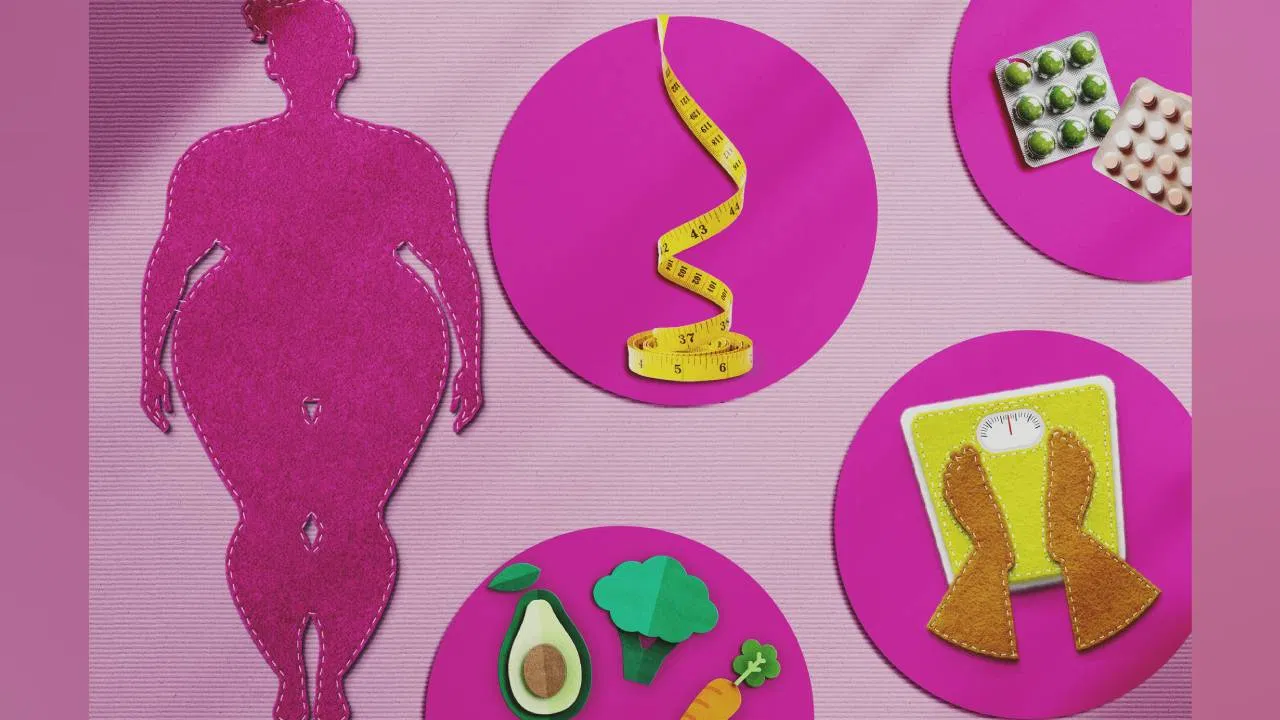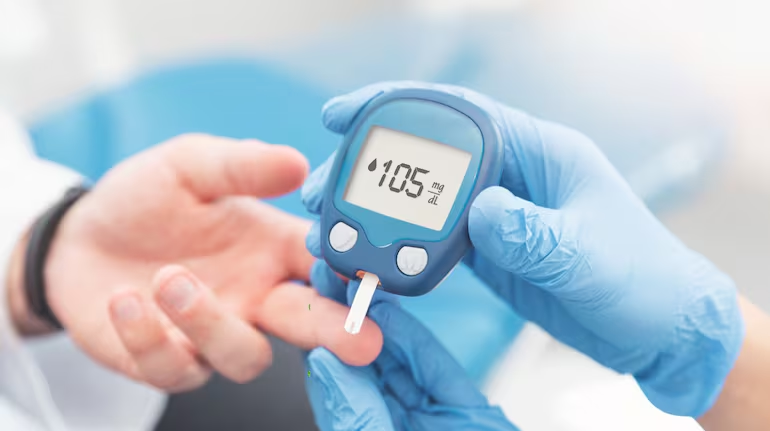What Is the Difference Between Good and Bad Fat? How Do They Benefit or Harm Your Health?
- byPranay Jain
- 23 May, 2025

Fat often gets a bad reputation, especially when it comes to weight loss. Many people believe that all fat causes weight gain, but this is not entirely true. Fat is an essential nutrient that provides energy and supports the functioning of organs. However, not all fats are equal — some are good for the body, while others can be harmful.
What Do Experts Say?
Dr. Ali Sher, Consultant in Internal Medicine at Apollo Spectra Hospital, explains that good fats and bad fats affect the body differently:
- Good fats provide energy and help keep the heart and cells strong.
- Bad fats increase cholesterol levels and raise the risk of heart diseases, strokes, and obesity.
Good Fats
Good fats mainly include monounsaturated and polyunsaturated fats. These are found in:
- Olive oil and sunflower oil
- Nuts like almonds and walnuts
- Fish such as salmon and tuna
- Avocado
These fats help by lowering bad cholesterol (LDL) and increasing good cholesterol (HDL), which protects the heart. Including good fats in your diet is important, but moderation is key.
Bad Fats
Bad fats are of two main types: saturated fats and trans fats.
- Saturated fats are mostly found in red meat, butter, cheese, and full-fat dairy products.
- Trans fats are present in processed foods, baked goods, fried foods, and packaged snacks like namkeen, biscuits, and pizza.
Trans fats are the most harmful because they cause inflammation, block arteries, and significantly increase the risk of heart disease.
How to Stay Healthy
- Reduce intake of processed and fried foods to avoid bad fats.
- Always check food labels and avoid products containing “hydrogenated oils” or “trans fats.”
- Focus on including good fat sources in your diet.
- Maintain a balanced diet and regular exercise to manage fat intake and support overall health.



